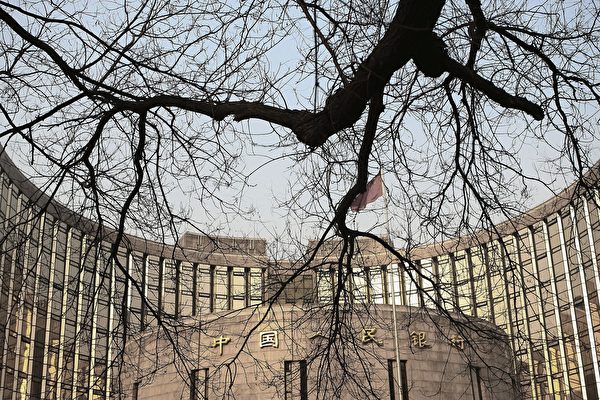Recently, the State Council of the Chinese Communist Party (CCP) made its first official report to the National People’s Congress, revealing that by the end of 2023, the government’s statutory debt exceeded 70 trillion yuan. However, the authorities did not disclose the data on the much larger government hidden debts and operational debts of financing platforms.
During the Standing Committee of the National People’s Congress held on September 10, CCP Minister of Finance, Lan Foan, delivered the “Report on the Government Debt Management Situation in 2023” (hereinafter referred to as the “Report”). This marked the first time the State Council made a report on these issues.
According to the “Report,” as of the end of 2023, the balance of the national government’s statutory debt was 70.77 trillion yuan. This included a national debt balance of 30.03 trillion yuan and a local government statutory debt balance of 40.74 trillion yuan. Within the national debt balance, domestic debt accounted for 29.70 trillion yuan, while foreign debt was 334.6 billion yuan.
As for the situation of local government statutory debt by the end of 2023, it stood at 40.74 trillion yuan, with general debt balances of 15.87 trillion yuan and special debt balances of 24.87 trillion yuan.
Of note is that the risk of local government debts is concentrated in the debts borrowed by various local government financing platforms, which are not included in the government’s statutory debt calculation. According to reports on Caixin Net, the CCP Central Committee conducted multiple rounds of surveys in 2013, 2018, and 2023 to assess government hidden debts and operational debts of financing platforms, which were significantly larger than the statutory debt, but these data were not disclosed. Another key indicator to measure the government’s debt level, the debt ratio (the ratio of government debt balance to comprehensive financial capacity), was also not disclosed this time.
According to mainland media reports, the aforementioned statutory debt mentioned is only a part of the CCP government’s overall debt. In reality, local governments still have a large amount of hidden liabilities, such as urban investment debts, the scale and impact of which cannot be overlooked.
Regarding urban investment debts, as reported by “Yicai” in July last year, local urban investment companies, as important carriers of local infrastructure construction, have accumulated massive debts. It is estimated that the national urban investment companies’ interest-bearing debts have reached nearly 60 trillion yuan, with around 25% in bond form and 75% in non-bond form.
However, concerning local debts, the CCP authorities have repeatedly stated that the central government’s finance will not bail out local governments. In January of last year, Liu Kun, the Minister of Finance of the CCP, stated, “Next, we will further break the expectation of government bailout.” An official letter issued by the Ministry of Finance also emphasized the execution of the “principle of no assistance from the central government” for local debts, stating that “whoever owns the child should take care of them.”
As the CCP’s fiscal revenue declines year by year, the authorities have issued several notices requiring governments at all levels to “tighten their belts” and prepare for “tightening their belts for a long time,” citing this as a long-term policy stance.
According to data released by the CCP’s finance department last year, nationwide land sales revenue has seen a steep decline. Since last year, many local governments have mentioned the term “selling the pot and iron” in meetings and documents.

